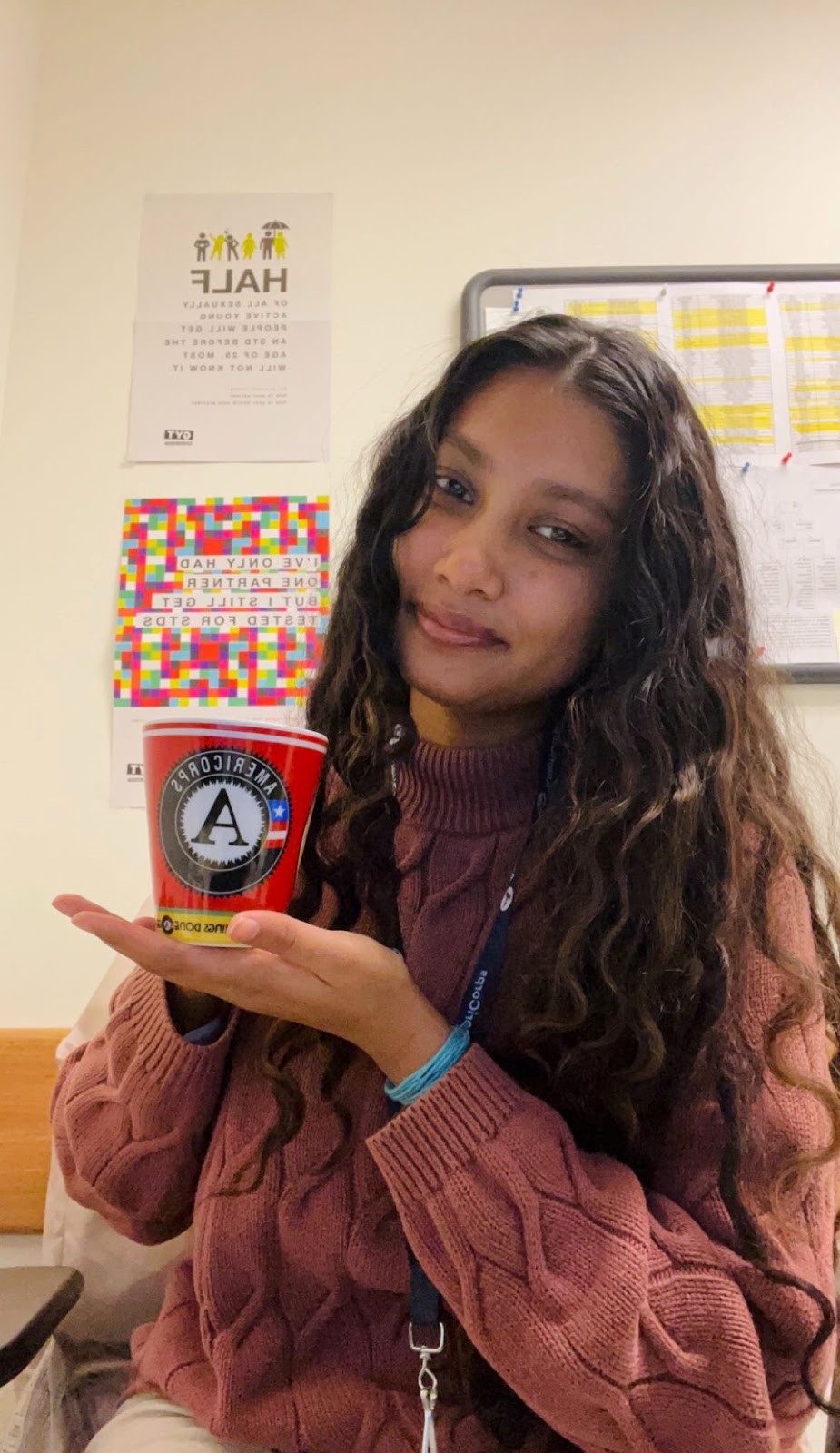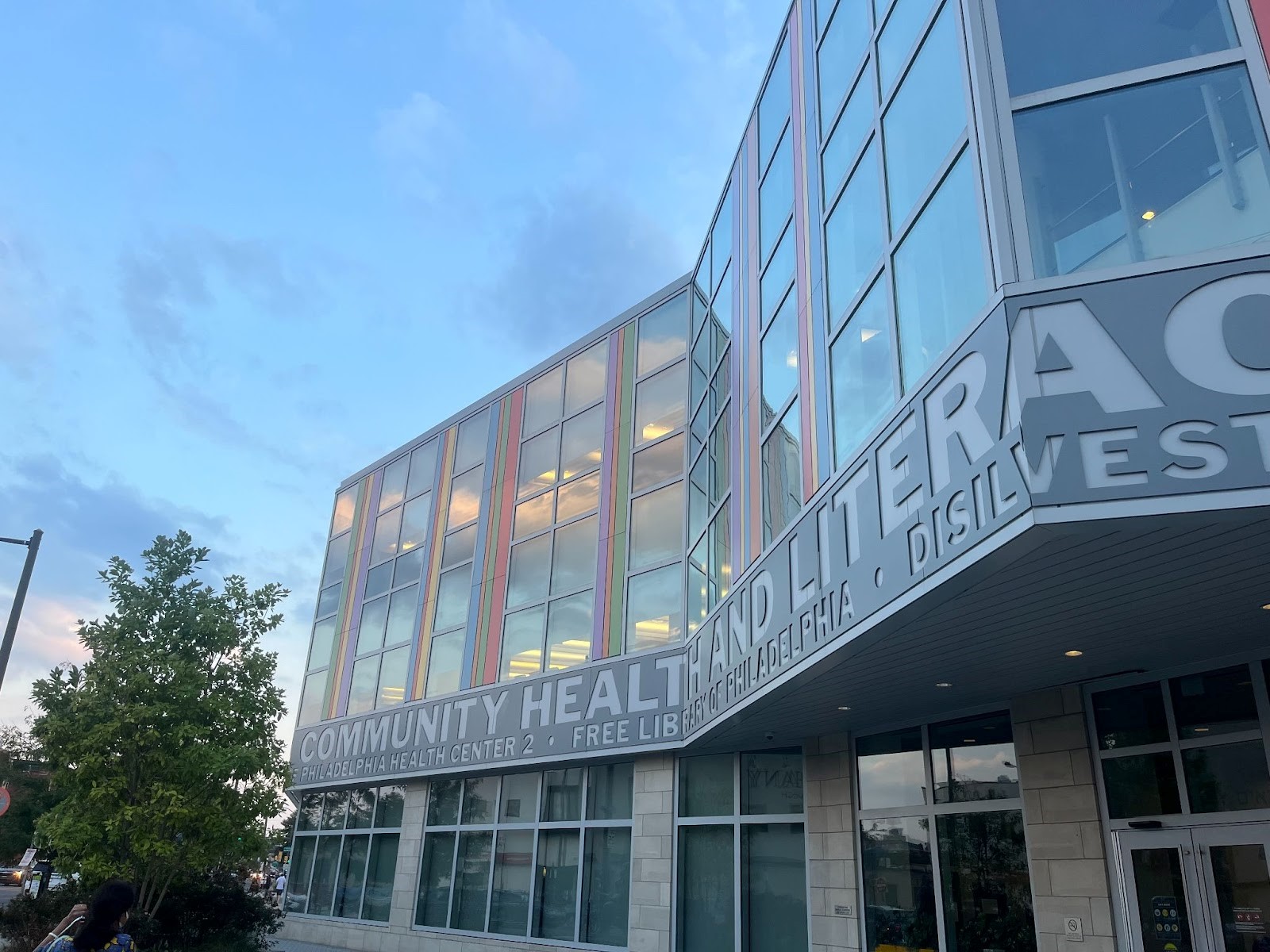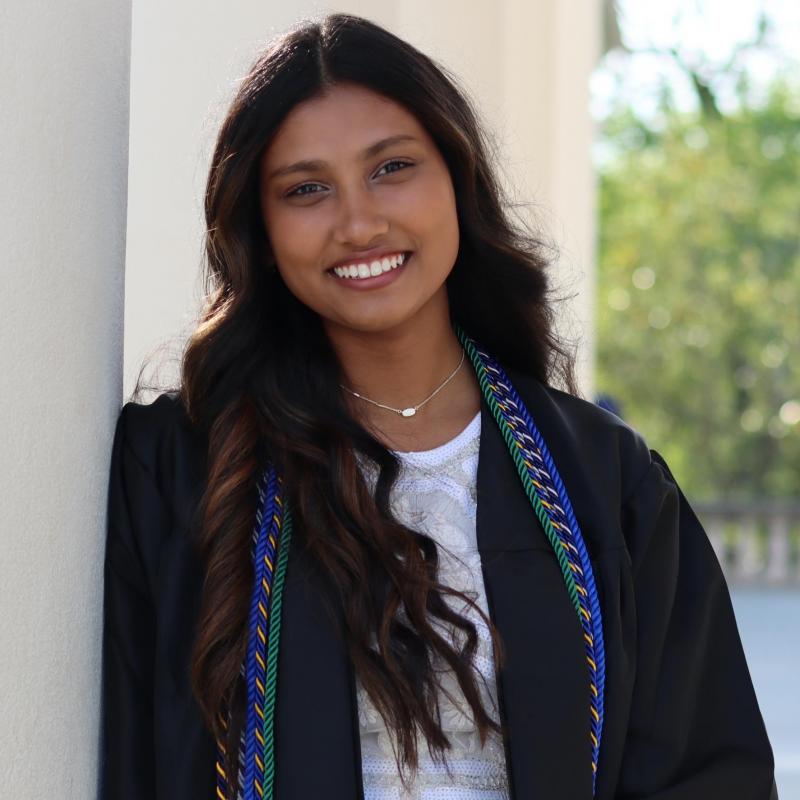
AmeriCorps mug!
At the start of my gap year, I was determined to gain more clinical experience by working with medically underserved communities in an urban area. A lecture in my US Health Care System class during undergraduate drew me to Philadelphia specifically. My professor showed us pictures of neighborhoods in Northern Philadelphia that lacked green spaces and primarily consisted of communities of color and residents from lower socioeconomic backgrounds, and also had lower life expectancies. In contrast, he showed us pictures of all the beautiful green spaces in the Philadelphia neighborhoods with residents of higher socioeconomic backgrounds and had higher life expectancies. The lecture reminded me of the importance of recognizing barriers and challenges that vulnerable and underserved communities face– as something as simple as not having enough green spaces can impact their health and wellbeing. This inspired me to serve Philadelphia's vulnerable communities and advocate for them by helping them navigate these challenges in order to achieve health equity.
Currently, I serve as a Patient Navigator/Advocate at the Philadelphia Department of Public Health's Health Center #2, located in South Philadelphia. My day-to-day includes advocating for patients who are low-income, uninsured, or underinsured and helping them navigate the healthcare system and apply for free medications through pharmaceutical companies. This position has taught me the importance of listening to the stories and concerns of individuals and the community. Through compassionate and empathetic interactions, I gained the trust of many patients, especially during their most vulnerable moments as we had difficult conversations about financial situations, documentation status, and more. As an aspiring physician, I hope to continue advocating for my future patients by understanding the contextual factors that impact their health and wellbeing, in order to be a better advocate for them.

Additionally, at Health Center #2, the majority of the patient population consists of immigrant and Spanish-speaking communities. I learned the importance of patience while navigating language and cultural barriers with patients to provide equal access for all. Furthermore, I had the opportunity to broaden my experiences with patients of different cultures, socioeconomic backgrounds, and life experiences. This allows me to understand the health disparities and barriers patients face, and how I can better serve diverse patient populations in the future.
Ultimately, serving at Health Center #2 has solidified my passion for medicine and specifically serving underserved communities in the future. The skills and knowledge I have gained throughout my service year align with my goal of bridging the gap in health inequities in order for everyone to achieve their highest level of health and wellbeing.

